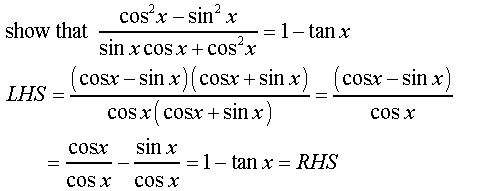Is Trignonometry part of Geometry?

I don't use to consider a problem whose solution involves only trigonometric manipulations as "geometrical". For me such problems reflect more the algebraic skills not the geometric thinking.
This is relevant if we focus on training the "thinking"...
What dou you think?
No vote yet
1 vote
Easy Math Editor
This discussion board is a place to discuss our Daily Challenges and the math and science related to those challenges. Explanations are more than just a solution — they should explain the steps and thinking strategies that you used to obtain the solution. Comments should further the discussion of math and science.
When posting on Brilliant:
*italics*or_italics_**bold**or__bold__paragraph 1
paragraph 2
[example link](https://brilliant.org)> This is a quote# I indented these lines # 4 spaces, and now they show # up as a code block. print "hello world"\(...\)or\[...\]to ensure proper formatting.2 \times 32^{34}a_{i-1}\frac{2}{3}\sqrt{2}\sum_{i=1}^3\sin \theta\boxed{123}Comments
isn't this similar to asking if analytic geometry is geometry? I guess it depends on the focus. If algebraic manipulations are the core of the problem, then not (it's just the clothing). I have even seen trigonometry problems solved by pigeon hole principle (so it's really a combinatorics problem dressed as trigonometry). But sometimes, specially when you work with sines' law and the alike, geometry is more evident.
Trigonometry has always been geometry, though it has been hijacked over the last 300-400 years by calculus and analysis. The modern idea of "sines" and "cosines" are relatively new, and the foundations of trigonometry are not built upon them. For want of a better summary, to define an "angle" properly requires a valid notion of orientation and "arclength", and hence limits yourself to rays instead of lines (there will be eight different definitions of angles between two lines). Moreover, infinite power series are required to precisely define "sine" and "cosine", as a result of independent works by Taylor & Maclaurin.
I contend and firmly believe that we ought to abandon the current framework for trigonometry and consider a purely linear algebraic approach to the subject, hereby involving vectors.